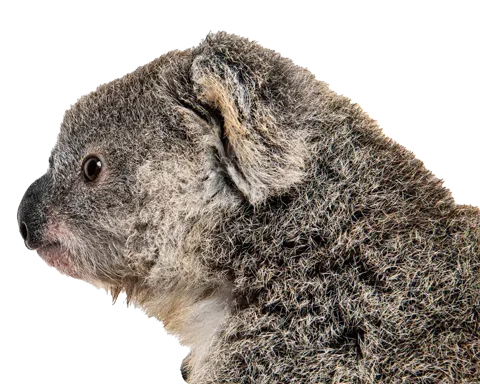
The colder season has started so that means Echidna's are out and about. This results in more casualties on the road or in people's garden (for example dog bites). We all want to help where we can, nut we might not always know what's best.
First of all, you need to ask yourself the question if it's really necessary to move the Echidna. If there are no apparent signs of injury, it may not be necessary to remove it.
What to do when you find an Echidna on the road!
If injured always call your local wildlife organisation. For the Sydney Metropolitan area, this is Sydney Wildlife Rescue. We are open 24/7 and you can reach them on 9413 4300. They will give you the best advice.
Search the surrounding area for a puggle (baby echidna). The impact from a vehicle incident can cause a puggle to roll long distances from mum, so please search for these babies, they can look like a pinky-grey clump of clay.

What to do when you find an Echidna in the garden?
If not injured and it has entered your yard please lock up any domestic pets and leave it alone. The Echidna will leave. Try to resist going back out to check on it. When disturbed the Echidna will roll up into a ball or dig down in the ground to protect its self. Never try to dig it out using a shovel. If you remove the Echidna you may unknowingly have just made an orphan of its baby. If you can, leave it alone and keep your pets in overnight it will be
gone in the morning.
A little about our fascinating Echidna's - Did you know?


